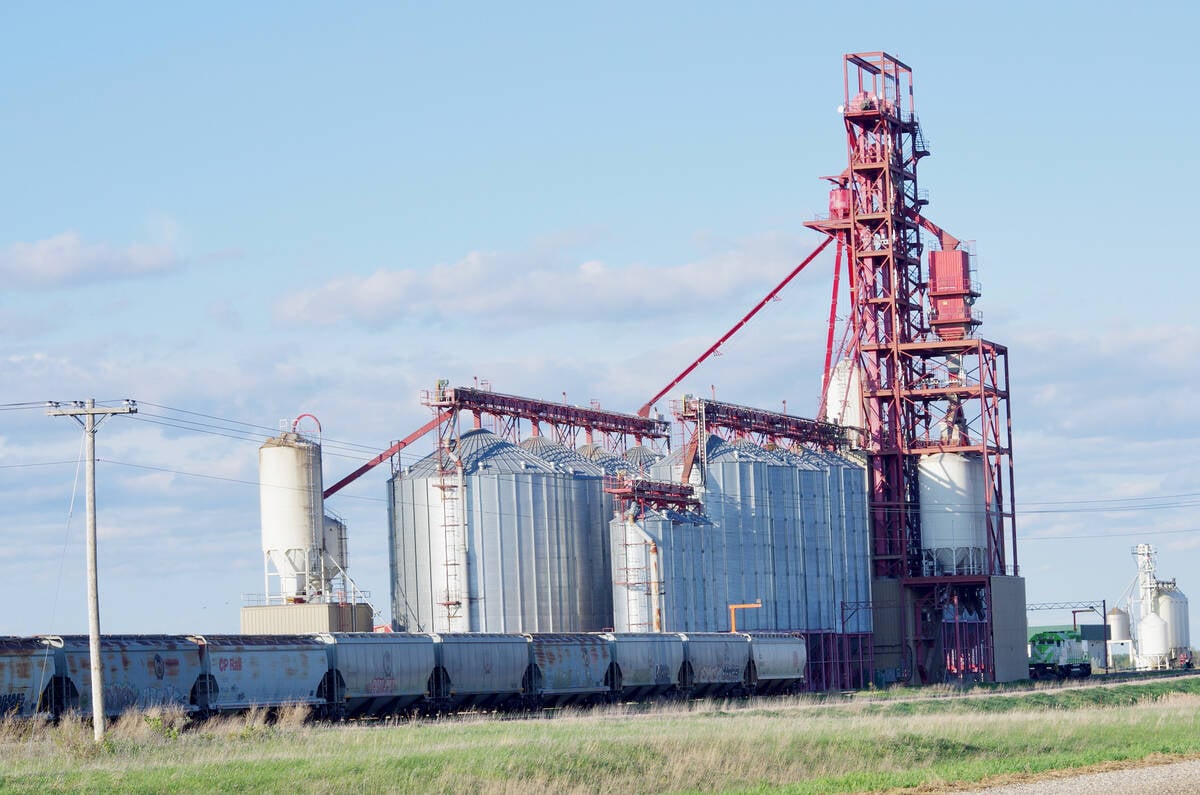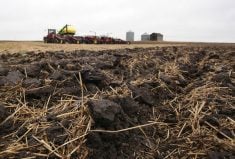The United States, the European Union and Australia routinely provide their farmers with sales and export data. They do so on a regular basis, to the point that Canadian farmers and market analysts will use that information for their own decisions.
Canada doesn’t have a program that matches the frequency of the U.S. Department of Agriculture’s weekly export reports and daily sales reports, or the Directorate-General for Agriculture and Rural Development’s production volumes, monthly trade data, and member state commodity prices in the EU.
Most information of Canadian agricultural sales comes in the past tense, making it difficult for producers to use such data to make competitive marketing decisions.
Read Also

U.S. agricultural trade slipping: report
The U.S.’s global trade advantage on agriculture products is eroding and the deficit is expected to grow, says a University of Illinois study
The Agricultural Producers Association of Saskatchewan and SaskCrops are asking for something to be done about this.
In a news release late last month, the farm groups formally called upon the federal government to create an Export Sales Reporting program similar to what exists in Canada’s competitors. Its intent would be to publicly provide Canadian grain farmers with timely market export and sales data to offer greater transparency and close the information gap.
“The grain industry already has a pretty good idea of the market intelligence of this stuff. It’s just the farmers don’t,” said Chris Procyk, APAS vice-president and a grain farmer near Fillmore, Sask..
“So we’ve been kind of left out of the loop in terms of some of this data to make informed decisions. And as we get into uncertain trade relationships around the world, this is even more important, I think.”
The call for action follows an independent study by Mercantile Consulting, which APAS and SaskCrops commissioned to determine the analytical impact that such a change would have for Canadian grain farmers. It reviewed current industry practices, including comparative analysis, and estimated the impact of such a change.
The report found that on the conservative end, it could generate $56.6 million annually for producers, increase overall competitiveness and improve the industry’s ability to respond to global market conditions.
The recommendations for the reporting program include:
- Daily data regarding major grains (wheat, durum, barley, oats, canola, soybeans, peas, lentils, corn) on the amount and location of sales 50,000 tonnes or larger to a destination, and cumulative sales of 100,000 tonnes or more over a reporting period to a single destination.
- Weekly reports from Agriculture Canada and Statistics Canada of amounts and destinations of all major Canadian agricultural goods.
- Weekly port export loading reports detailing commodity and destination of vessels loaded at major ports such as Vancouver, Prince Rupert, Thunder Bay and the St. Lawrence.
- Annual release of average rail freight rates and handling costs at primary and terminal elevators.
According to the study, such a program would also improve demand forecasting, operational planning and logistical efficiency for grain companies, processors and transportation providers.
Procyk said an Export Sales Reporting program would fill a gap that was left following the demise of the Canadian Wheat Board, which had reported and shared this type of information with producers.
“This is not a like a campaign to bring them back at all,” he said.
“It is one of those unintended consequences of things that were lost when the wheat board went away.… I think this is a good reminder sometimes, as we look to change or develop things going forward, of what are some of the unintended consequences of what we’re trying to do today.”

APAS and SaskCrops argue that as margins become tighter and farming conditions shift, farmers’ decision-making would benefit from having a better understanding of market indicators such as knowing what is sold where, what crops are in demand in which countries and which products farmers could hold onto longer.
Currently, this kind of information is available to grain companies, commodity marketing groups and ag consulting services, but not all farmers have access to it, putting it behind a paywall.
“Some of them (marketers) are associated with grain companies, some are not, or some of them are just plugged into the industry and can extrapolate this data themselves,” said Procyk.
“So it’s partly just through contacts in the industry that you (as a farmer) know some of these things are kind of been talked about.”
Procyk said the current structure keeps the information on “one side of the desk” and gives the competitive advantage to grain companies instead of producers.
“It’s not a new concept, or we’re not reinventing the wheel,” he said.
“I guess, what we’re saying is, we’re just trying to level the playing field with what’s offered in similar style of jurisdictions.”
















